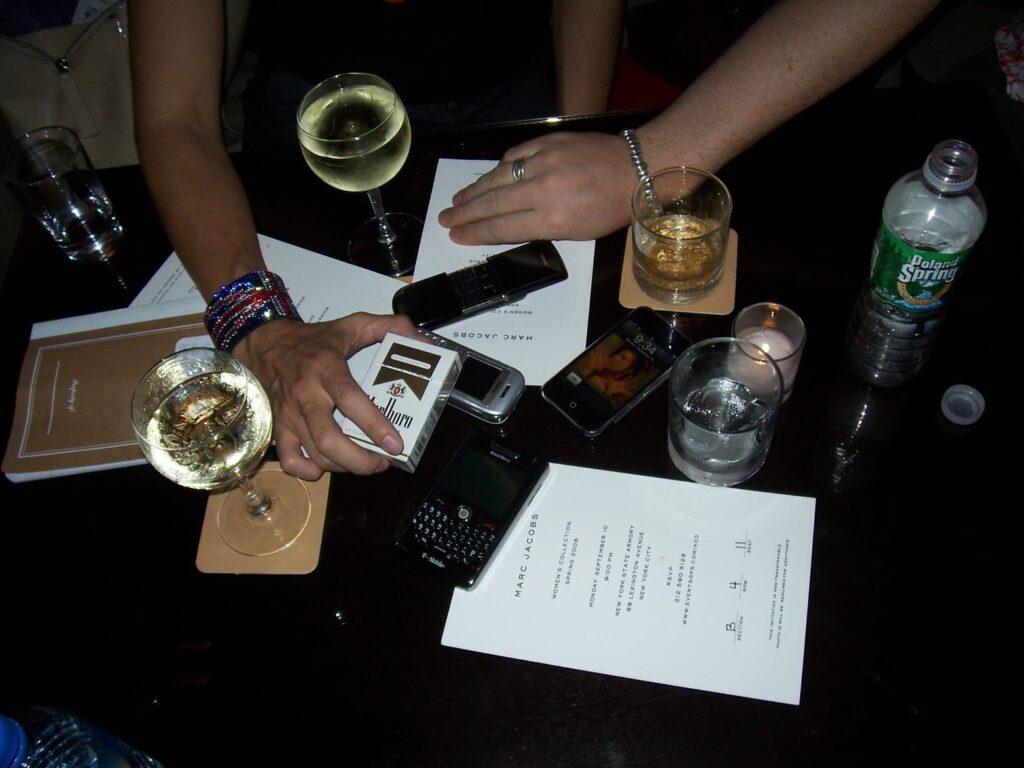Capital has evolved a lot in my life. The dynamics have changed so much in the 30 years I’ve been ambiently around venture it’s barely the same business. And yes I mean since I was a kid. The apocryphal family history is that I was born on the poor side of Silicon Valley while my unemployed father was working on pitch deck for education software. Yeah it’s a shitty origin story but it’s mine.
Back then you sold your entire life to some dudes for half a million bucks and gave up a lot of control. It wasn’t really collaborative but it was worth it to create the future. Back then your VCs controlled a lot more than they do now for capital they deployed. Flexibility and collaboration wasn’t really considered necessary. Your VCs actually controlled when you got fired (another childhood memory was a “take your daughter to work day” where a CEO got fired), when you could raise again, if and when you could sell your company, and honestly I wouldn’t be shocked if they had some Rumplestiltskin provisions too. That’s just where the market was at the time.
As it has become clear that non-linear returns come from creative founders and new markets, the structures of capital deployment have changed a lot. Capital cares about helping operators create because creation simply has more value than it did in the past. Venture capital isn’t old dudes optimizing for control and margin anymore (even if sometimes that might be a good idea) because that’s just not what makes money anymore.
Heck it has changed a lot in just half a decade. The last time I raised venture for my own startup, we actually priced the round (no uncapped SAFEs), we had a board from day one, and we were allowed to overshoot our valuation and capital goals by a whopping 300K. I was sure we’d reached the height of founder leverage at the time. Heck I felt certain we’d raised a small fortune on favorable & flexible terms. Six years later that would be considered a charmingly small pre-seed round with very onerous terms. Time marches on! And rightly so. Markets adapt to the needs of the participants and the returns they deliver. If it wasn’t profitable it wouldn’t be so.
This is all a long winded way of saying that I am continuing the circle of life. I’ve got my own venture fund Chaotic Capital with Alex Miller and Jacob Brody. It doesn’t look anything like the funds of my childhood or even the seed stage funds of the last decade. Probably because we as founders and operators lived through the hard lessons of venture in multiple cycles and took a lot of lessons with us. Capital isn’t about control. It’s about collaboration now. Capital starts early. Capital is flexible to generate returns But we also aren’t n00bs.
Rather than spend a year raising in silence and announcing it once it’s all said and done we are building a rolling fund. That structure works for us and my general affinity for building in public. It signals founders we are building like them (even as our other constituents see it as being responsive to the demands of the market). The rolling fund is a kind of flexibility to build at the speed of the market while also understanding that the give and take of responsible deployment must also work at the pace of founders.
While we work on forming our proper fund, we’ve created an AngelList Syndicate for chaotic where we’ll be creating SPVs for our current deals (we already have our first two which feels crazy to me) as well as follow-on deals once the fund is created. If you’re an accredited investor and interested in joining our deals, head on over. Isn’t it cool how these structures morph and change over time? I guess having a couple decades of being an operator has some benefits. You’ve seen what works and hopefully have some capacity to change what needs to be changed.
Our LPs and co-investors are mostly our friends and former colleagues who have spent years working with us at companies as varied and diverse as Stack Overflow, Trello, Easypost, Triplelift, Goop, PopSugar and over 40 different angel investments. Alex Miller, Jacob Brody and I have invested over 4m over the years which seems sort of astonishing.
While we work on forming our proper fund, we’ve created an AngelList Syndicate for chaotic where we’ll be creating SPVs for our current deals (we already have our first two!) as well as follow-on deals once the fund is created. If you’re an accredited investor and interested in joining our deals, head on over.
